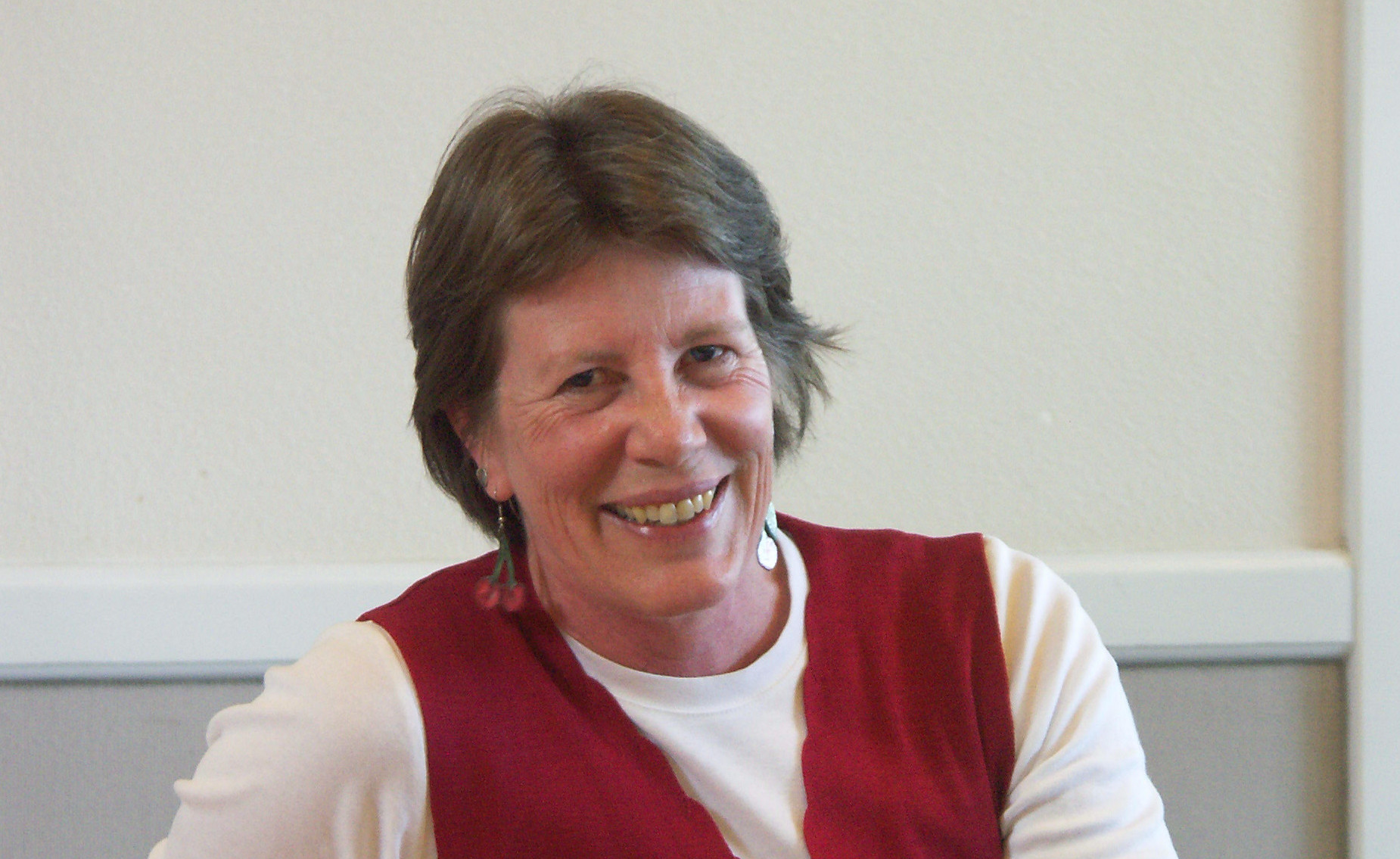
It has been over a year since the ESIP Data Stewardship Committee received the final report on the findings of the testbed implementation of selected identifier schemes (http://wiki.esipfed.org/index.php/Executive_Summary_of_Results_from_Report_by_Hoebelheinrich_and_Janee ), and over 3 years since the publication of the article providing an assessment of those identifier schemes with recommendations for an implementation testbed (http://link.springer.com/article/10.1007%2Fs12145-011-0083-6) . What has been happening with the assignment of persistent identifiers for data since then? How many data producers are assigning persistent identifiers to datasets or data collections and to what kinds of organizations do they belong? What are the issues that have arisen as organizations develop procedures and practices to incorporate the assignment and use of persistent identifiers?
This poster will summarize the issues included in the final report, but also begin to address and seek input on some of the research issues associated with the real-time, production level implementation of persistent identifiers by Earth Science data producers, such as:
- In the last 3 – 4 years, how many institutions have begun assigning DOIs / ARKs to “research data”
- What type of institution (governmental agency, academic department, non-profit research organization, etc.,) is assigning persistent identifiers
- For what purpose are identifiers being assigned (citation, inventory, etc.,)
- What are the advantages / disadvantages of assigning “opaque” identifiers versus those with inherent semantics
- At what level of granularity (data collection, dataset, singular data file., etc., )
- What is the relationship b/w / among identified items (data collection è dataset, versions, etc.,)
- Who “owns” the identifiers, and what are the issues associated with transferring ownership


